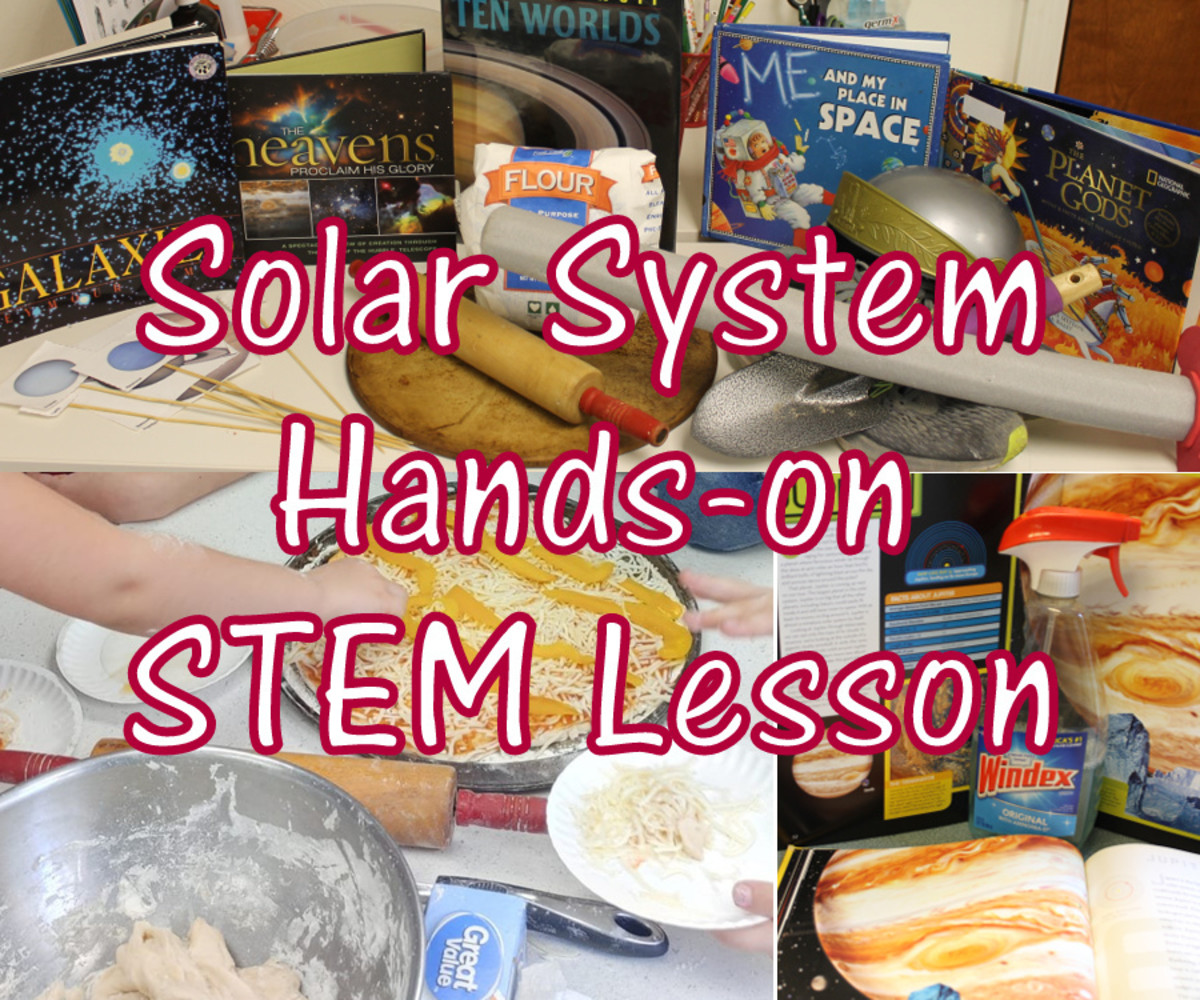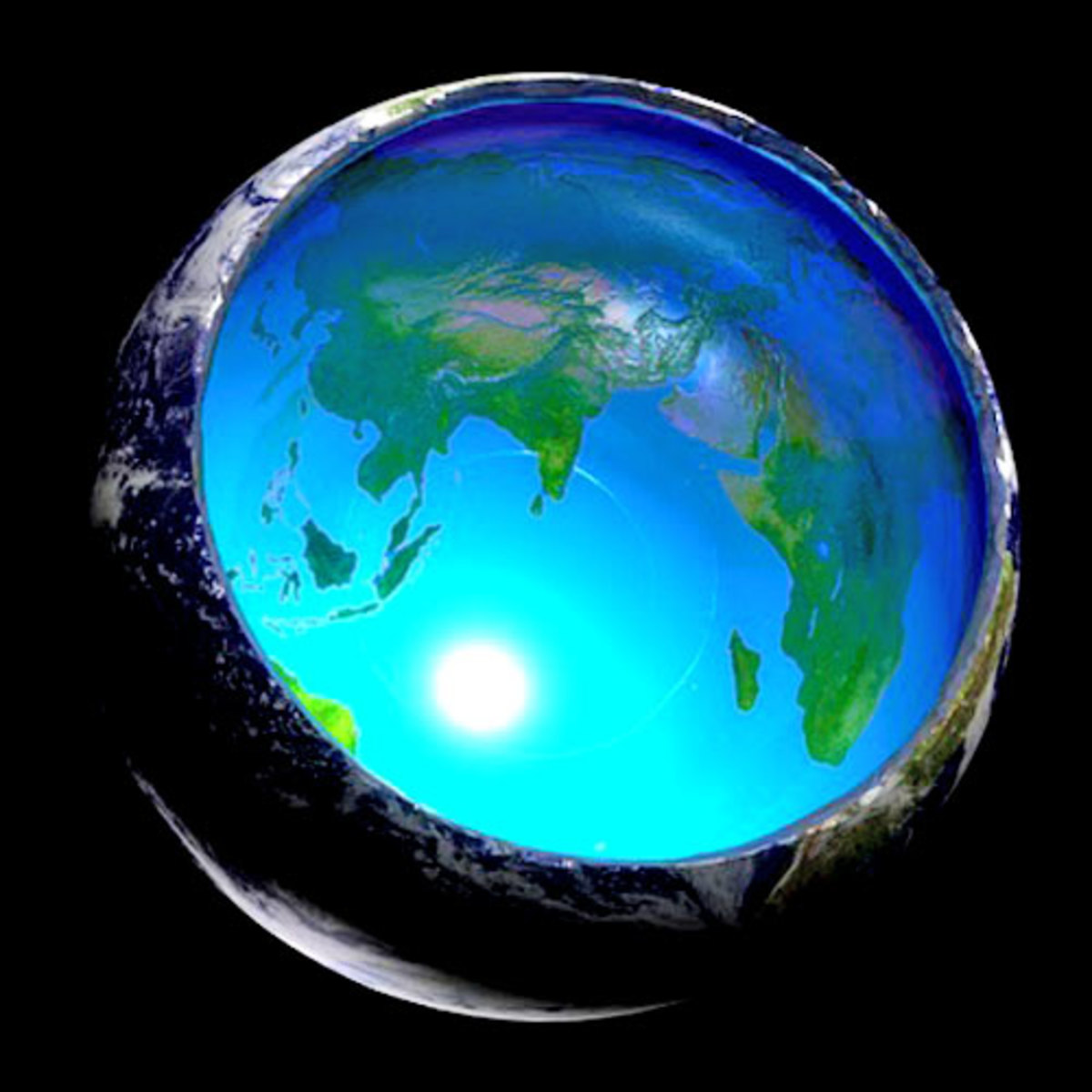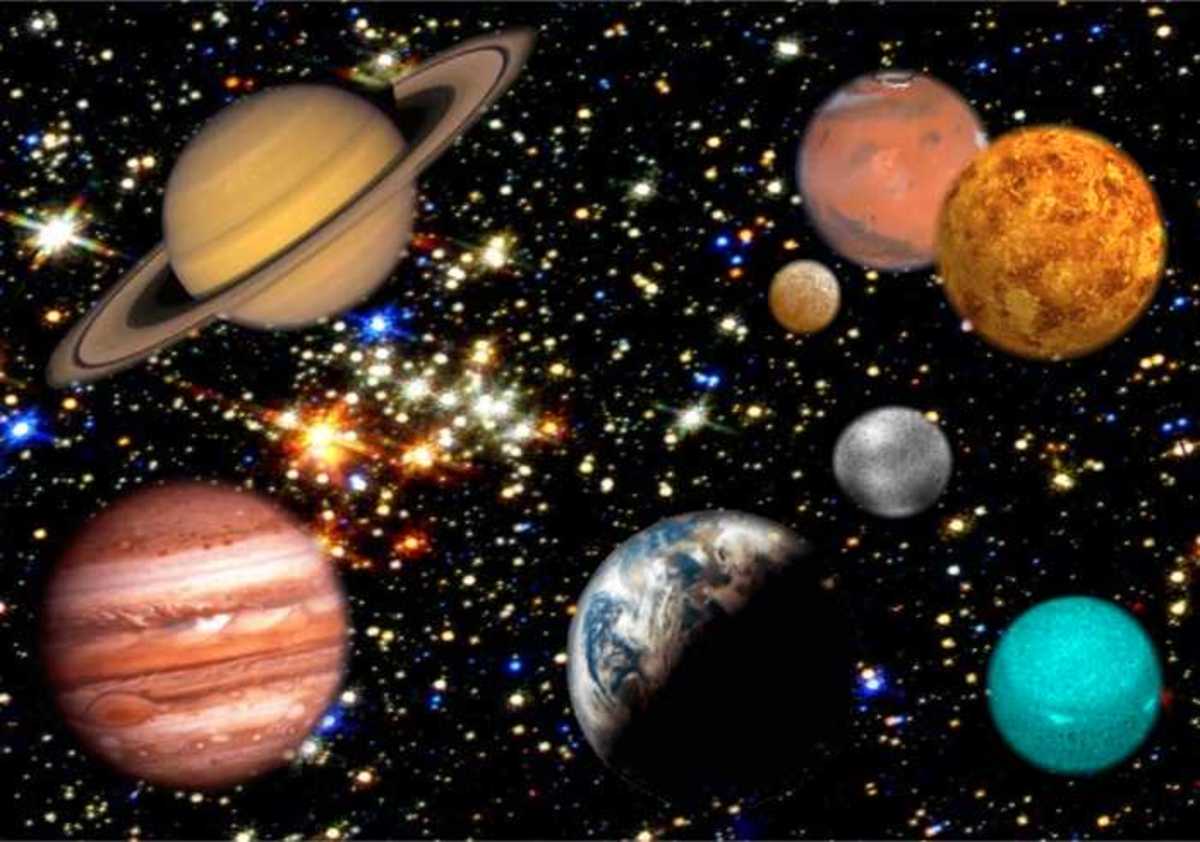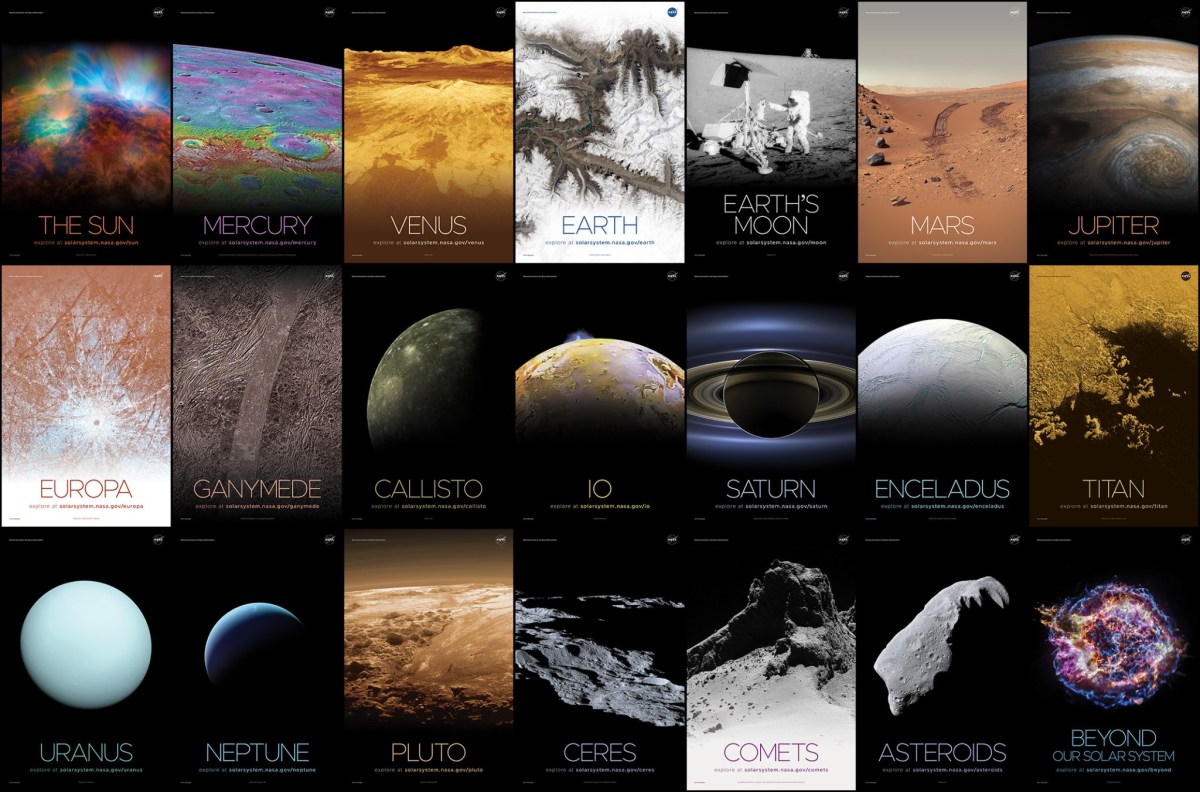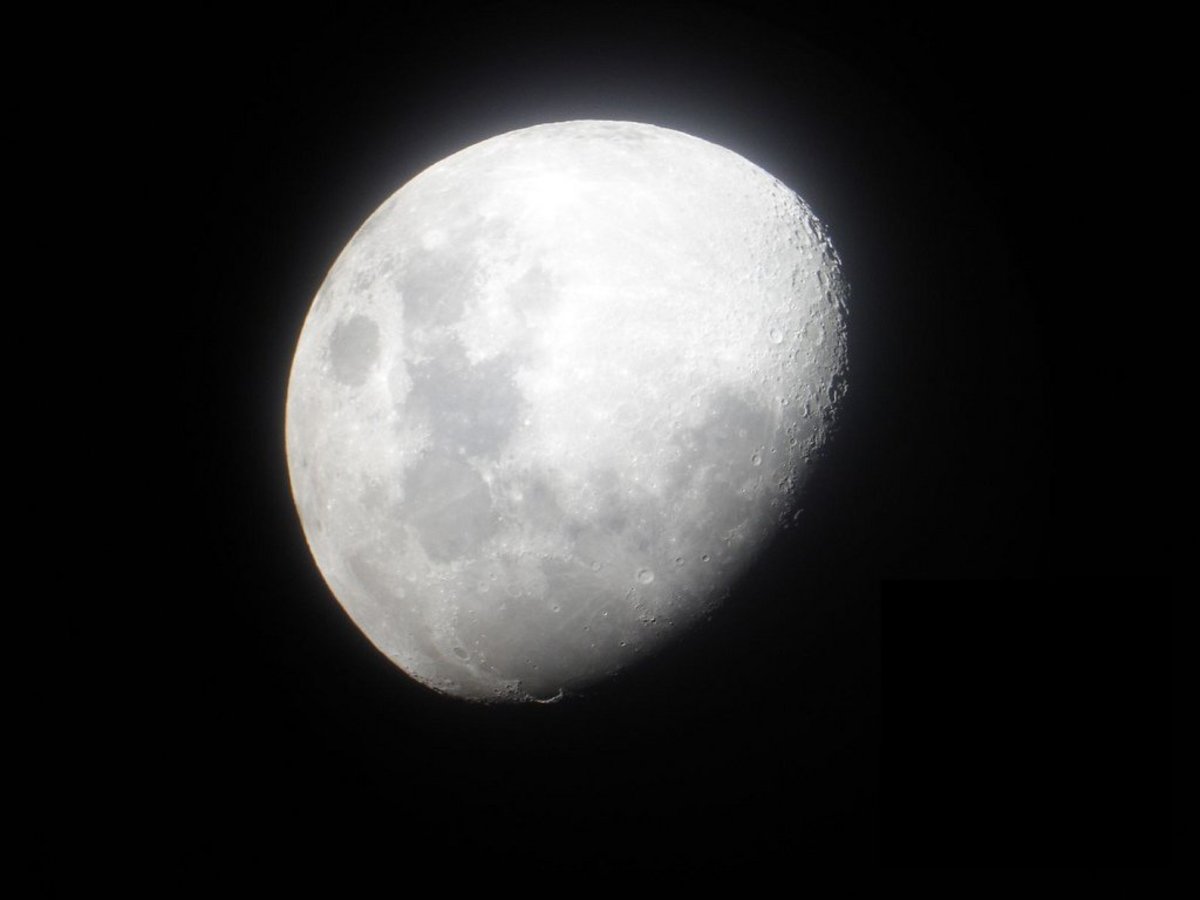Planets in Solar System
There are nine planets revolving around the sun. According to increasing distance from the sun the planets are the Mercury, Venus, Earth, Mars, Jupiter, Saturn, Uranus, Neptune and Pluto. The first four of the planets are called the Inner Planets and the later five are called the Outer Planets.

Mercury
It is the planet closest to the sun. Its period of rotation is 58.65 days and the period of revolution is 88 days. It rotates three times on its axis while in the time period that it takes in two revolutions around the sun. It is 5.25 times as dense as the water. As it is very close to the sun, the temperature on Mercury is very high and life is not possible on it. Though it is reasonably close to the earth, it is not seen properly because it is almost lost in the sun's glare. Sometimes it can be seen before the sun rise and after the sunset. Mercury has no atmosphere. It has no satellites.
Venus
Venus is the planet closest to the earth and is also the brightest among the planets, in fact among the brightest objects in the sky. This is known as the morning star as it is visible in the morning just before sunrise. Its period of revolution and rotation is nearly equal, the former being 224 days and the later 243 days. The direction of rotation of Venus on its axis is reverse of the direction of rotation of the earth, i.e. it rotates from east to west while the earth rotates on its axis from west to east. Venus also has an atmosphere but it consists mainly of carbon dioxide and it exerts a high pressure on the surface of the planet. There are no satellites of Venus.
Earth
The earth is a planet of the sun. It is spherical in shape and due to a slight difference between its polar and equatorial diameters, it is called an oblate spheroid. The equatorial diameter of the earth measures 12750 km which is about 44 kilometers longer than its polar diameter. This difference in the polar and the equatorial diameters has caused a slight bulge in the equatorial area and a slight flattening or depressions at the poles. More refined measurements of the earth define its shape as a geoid. This is the shape of the earth produced when the imaginary sea level surface is extended on the entire surface of the earth.
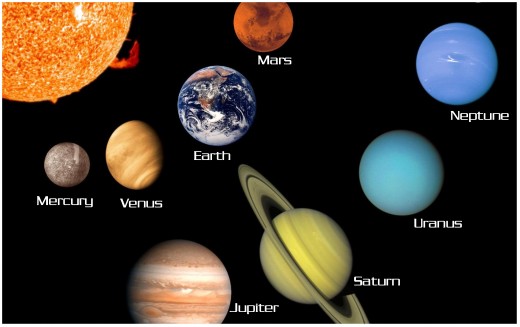
Mars
The Mars is next to the earth in terms of distance away from the sun, i.e. it is the fourth nearest planet from the sun. It is also quite bright and due to its reddish appearance it is called the red planet. Mars completes one rotation on its axis in about 24.6 hours and the revolution around the sun takes 687 days. It has a thin atmosphere consisting mainly of carbon dioxide. The atmosphere of Mars contains traces of water vapor also. There are tall volcanic cones on the surface of the Mars, one of which is about 24 km tall. It is also called a dusty planet. The Viking mission established that there is no life on mars. This is the outermost among the inner planets.
Jupiter
This is the innermost among the outer planets and is also the largest planet in the solar system. It is called a gas giant as it is composed mainly of hydrogen with small amounts of methane and ammonia. It has a large number of satellites (16 known so far) some of which can be easily seen through binoculars. It takes about 9 hours and 50 minutes in completing one rotation on its axis and the revolution around the sun takes 11.86 years. Its density is only about one fourth that of the earth.
Saturn
It is the second largest planet and also the least dense. It is the outermost planet visible to the naked eye. Like Jupiter, Saturn is also composed mainly of hydrogen but with traces of helium and methane. It has the largest number of satellites (22 known), the largest of which Titan can be seen even with minor optical aid. It is also the most beautiful planet with a ring system around it. Its period of revolution around the sun is about 29.4 years and the time taken in axial rotation is about 10 hours and 15 minutes.
Uranus
Uranus is the seventh planet out from the sun and it is not visible to the unaided eye. Like Venus Uranus also rotates on its axis from east to west. It has 15 known satellites which are comparatively small. In 1977 it was discovered that there is a system of faint rings around Uranus also. The time taken in one axial rotation by Uranus is 17 hours 14 minutes while it takes about 84 years in completing one revolution around the sun.
Neptune
It is the eighth planet out from the sun-and the outermost gaseous planet of the sun. Neptune has two satellites. It completes one revolution around the sun in 164.8 years and one axial rotation in 15.8 hours.
Pluto
It is the outermost planet. It has no satellites. It rotates on its axis in 6.3 days and completes one revolution in about 248 years. The orbit of the Pluto around the sun is interlaced with that of the Neptune and for some years it comes within the orbit of the Neptune and thus its distance from the sun becomes lesser than the distance of the Neptune from the sun.
- However, the Assembly of the International Astronomical Union, on August 24, 2006, stripped Pluto of its planet status. When Pluto was initially given planet status in 1930, scientists believed that it was of the same size as earth. But the latest powerful telescoped revealed that Pluto is smaller even moon and many numerous bodies similar to Pluto are in its neighborhood.

